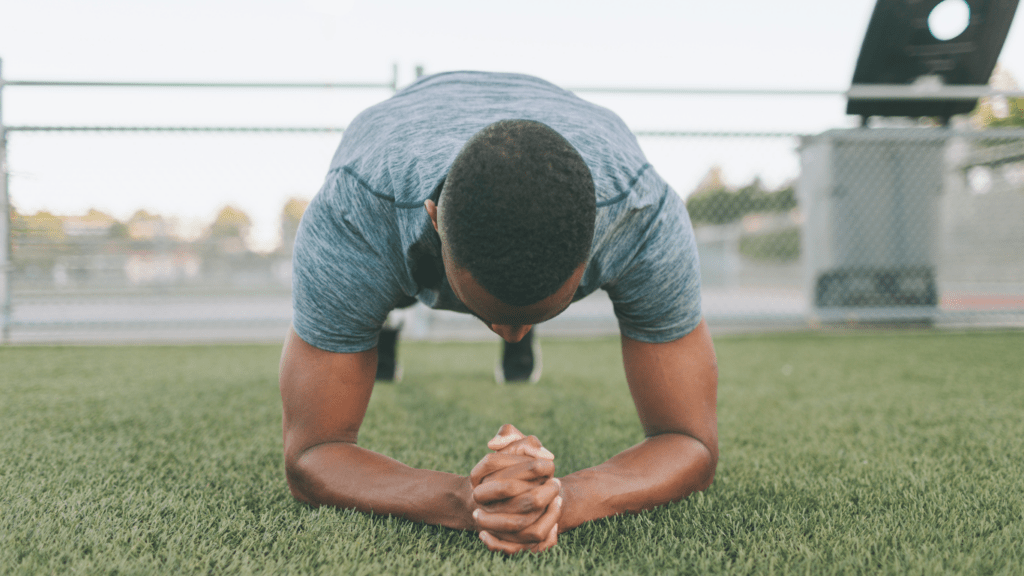The Importance of Strength Training for Runners
Strength training boosts a runner’s performance by enhancing muscle strength, reducing injury risk, and improving running form. Understanding why strength training is vital and how it connects to running efficiency can help runners maximize their potential.
Why Runners Need Strength Training
Runners need strength training to address muscle imbalances and increase overall stability.
Running primarily uses lower body muscles like the quadriceps and calves, potentially neglecting others. Strength exercises, such as squats and lunges, target these underutilized muscles.
This targeting prevents injuries and leads to a balanced, powerful stride. In addition, strength training helps build stronger connective tissues, reducing the likelihood of overuse injuries, which are common in runners.
The Connection Between Muscle Strength and Running Efficiency
Muscle strength directly impacts running efficiency by improving energy utilization and reducing fatigue. When muscles are strong, they require less effort for each stride, conserving energy for longer distances.
Exercises like deadlifts and core workouts enhance the muscles involved in running mechanics, leading to better posture and stride efficiency.
Moreover, a strong core stabilizes the body, allowing for smoother and more efficient movement patterns. Enhanced muscle strength, therefore, translates to increased endurance and speed for runners.
Key Strength Exercises for Runners
Strength training exercises enhance a runner’s performance, targeting key muscles for a more balanced and resilient body.
Core Strengthening Workouts
Core exercises improve stability and reduce injury risk by supporting the spine during runs.
- Planks work the entire core. Hold the plank position for 30 seconds, gradually increasing the time.
- Russian twists enhance oblique strength. Sit on the ground, lean back slightly, and twist your torso side to side, holding a weight for added resistance. Perform 15 twists on each side.
- Bicycle crunches target both the upper and lower abs. Lie on your back, lift your legs, and alternate touching your elbows to the opposite knee.
Lower Body Workouts
Lower body strength is crucial for generating power and endurance in runs.
- Squats activate quadriceps, hamstrings, and glutes. Perform 3 sets of 12 squats, ensuring knees do not extend past the toes.
- Lunges improve unilateral strength and balance. Do 3 sets of 10 lunges per leg.
- Calf raises strengthen the calves, essential for the push-off phase in running. Stand on a ledge, rise onto your toes, and lower your heels. Repeat 15 times for 3 sets.
Upper Body Workouts
Upper body exercises boost arm drive and maintain form during long runs.
- Push-ups increase chest, shoulder, and tricep strength. Start with 3 sets of 10 push-ups, adjusting as strength improves.
- Pull-ups build back and bicep muscles, aiding in posture maintenance. Aim for 3 sets of 5 pull-ups.
- Bent-over rows engage the upper back and shoulders. Use dumbbells, bend at the waist, and pull the weights towards the torso. Complete 3 sets of 12 repetitions.
These targeted exercises help runners build a resilient and powerful body, enhancing overall performance and reducing injury risk.
Designing a Strength Training Program for Runners

A well-designed strength training program enhances running performance and builds a resilient body. It requires balancing running and strength training effectively.
Balancing Running and Strength Training
Integrating strength workouts and running sessions improves performance without overtraining. Strength train on non-consecutive days to allow muscle recovery. Run in the morning if strength training happens later in the day. Aim for three strength sessions per week to cover upper body, lower body, and core.
Planning Your Weekly Exercise Routine
A weekly exercise routine includes a mix of running, strength training, and rest.
Schedule runs on alternate days to strength training like:
- Monday: Short run (3-5 miles)
- Tuesday: Upper body strength training (push-ups, pull-ups)
- Wednesday: Mid-distance run (5-7 miles)
- Thursday: Lower body strength training (squats, lunges)
- Friday: Rest or light activity (yoga, walking)
- Saturday: Long run (8-10 miles)
- Sunday: Core workout (planks, Russian twists)
Adjust the intensity of runs and strength sessions based on individual fitness levels. Consistency and variation in the routine ensure balanced development and injury prevention.
Common Mistakes and Misconceptions
Many runners make avoidable mistakes in their strength training routines. Addressing these can lead to better performance and reduced injury risk.
Overtraining Issues
Ignoring the signs of overtraining can cause serious setbacks. Many runners increase their workout intensity without allowing enough recovery time, leading to burnout and injuries.
Balancing runs and strength workouts is essential; including rest days ensures muscle repair and growth. In my experience, including cross-training activities like yoga or swimming can help.
Ignoring Flexibility and Mobility
Neglecting flexibility affects performance and increases injury risk. Static stretching alone isn’t enough; incorporating dynamic stretches and foam rolling can improve mobility.
Flexibility enhances stride efficiency and reduces muscle stiffness. I found that dedicating 10-15 minutes post-workout to stretching routines yields significant benefits for both running and strength training.



